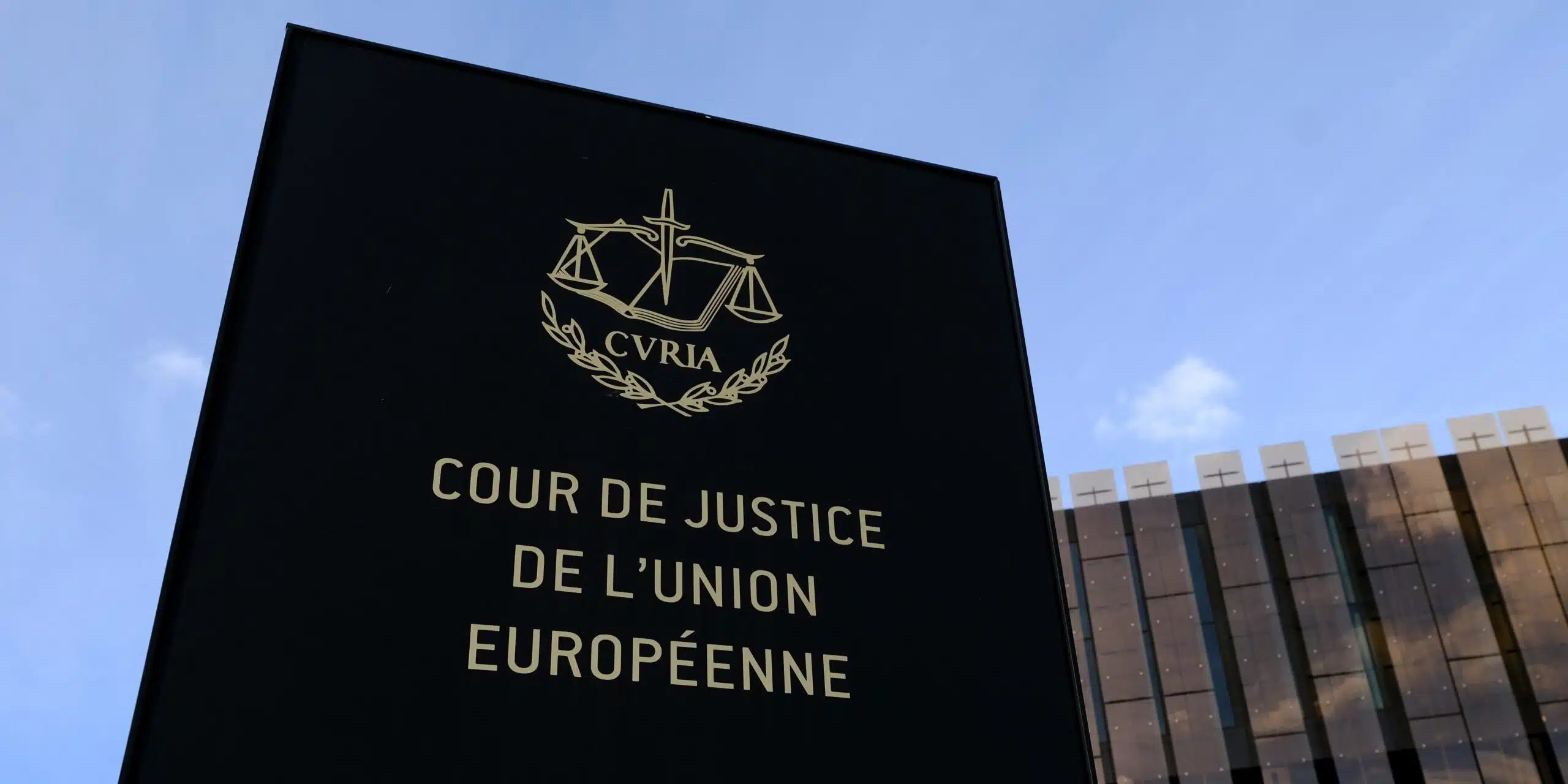[EXAMPLE]
MiFID II and EMIR: Crucial Regulations Shaping Financial Markets

MiFID II: Enhancing Transparency and Investor Protection
The Markets in Financial Instruments Directive II (MiFID II) came into effect on January 3, 2018, as a comprehensive overhaul of its predecessor, MiFID I. Its primary objective is to enhance transparency, efficiency, and investor protection within European financial markets. MiFID II addresses a wide range of financial instruments, including shares, bonds, derivatives, and structured products, aiming to create a level playing field for market participants while fostering greater market integrity.
Key Provisions of MiFID II:
1. Transaction Reporting: MiFID II mandates detailed transaction reporting requirements for all financial instruments traded on regulated platforms. This ensures regulators have access to timely and accurate data, enabling them to detect market abuse, monitor systemic risk, and enhance market oversight.
2. Pre- and Post-Trade Transparency: The directive introduces stringent pre- and post-trade transparency obligations, compelling investment firms to disclose trade data in real-time. This enhances market visibility, improves price formation, and facilitates fairer access to market information for all participants.
3. Investor Protection Measures: MiFID II imposes robust investor protection measures, including suitability and appropriateness assessments, to ensure financial products are aligned with investors’ risk profiles and investment objectives. It also requires investment firms to disclose all costs and charges associated with investment services, promoting transparency and informed decision-making.
4. Market Structure Reforms: The directive introduces measures to enhance the functioning of financial markets, such as the regulation of high-frequency trading (HFT) activities, the imposition of position limits on commodity derivatives, and the establishment of organized trading facilities (OTFs) for non-equity instruments.
EMIR: Safeguarding the Stability of Derivatives Markets
The European Market Infrastructure Regulation (EMIR) is another critical piece of legislation aimed at enhancing the stability and transparency of the derivatives markets within the EU. EMIR was introduced in response to the 2008 financial crisis, which exposed significant risks associated with over-the-counter (OTC) derivatives trading. By introducing central clearing and reporting requirements, EMIR seeks to mitigate counterparty credit risk, increase transparency, and improve the overall resilience of the derivatives market.
Key Provisions of EMIR:
1. Central Clearing Obligation: EMIR mandates the central clearing of standardized OTC derivative contracts through central counterparties (CCPs). By centralizing clearing activities, EMIR aims to reduce counterparty credit risk, enhance market transparency, and standardize risk management practices across the derivatives market.
2. Trade Reporting Requirements: EMIR requires market participants to report all derivative transactions to trade repositories, providing regulators with comprehensive data on trading activities. This enables regulators to monitor systemic risk, detect market abuse, and enhance market surveillance capabilities.
3. Risk Mitigation Techniques: The regulation prescribes risk mitigation techniques, such as the timely confirmation, valuation, and reconciliation of derivative contracts, to enhance operational efficiency and reduce operational risks associated with derivatives trading.
4. Non-Financial Counterparty Requirements: EMIR imposes certain obligations on non-financial counterparties (NFCs) that engage in derivative transactions, including the calculation of clearing thresholds, the implementation of risk management procedures, and the provision of collateral for uncleared trades.
Why MiFID II and EMIR Matter:
The significance of MiFID II and EMIR extends beyond regulatory compliance; these directives play a fundamental role in shaping the structure, transparency, and resilience of European financial markets. Here’s why they matter:
1. Enhanced Market Transparency: MiFID II and EMIR promote greater transparency by mandating transaction reporting, pre- and post-trade transparency, and trade repository reporting. This transparency fosters market integrity, improves price discovery, and enhances investor confidence.
2. Improved Investor Protection: Both directives introduce measures to safeguard investor interests, including suitability assessments, cost disclosure requirements, and risk mitigation techniques. By ensuring investors are adequately informed and protected, MiFID II and EMIR contribute to a more robust and fair financial ecosystem.
3. Risk Reduction and Market Stability: EMIR’s central clearing mandate and risk mitigation requirements help mitigate counterparty credit risk and enhance the stability of the derivatives market. Similarly, MiFID II’s regulation of high-frequency trading and position limits aims to prevent market abuse and promote orderly trading conditions.
4. Global Impact: While MiFID II and EMIR are European regulations, their impact extends beyond the EU borders. Many international financial institutions and market participants operate within the EU or have counterparties subject to these regulations, making compliance essential for global market participants.
In conclusion, MiFID II and EMIR represent significant milestones in the evolution of financial regulation, aiming to foster transparency, stability, and investor protection within European financial markets. By imposing stringent reporting requirements, enhancing market structure, and mitigating systemic risks, these directives play a vital role in shaping the future of finance, both within the EU and globally. Compliance with MiFID II and EMIR is not merely a legal obligation; it is a strategic imperative for financial institutions seeking to thrive in an increasingly regulated and interconnected financial landscape.



